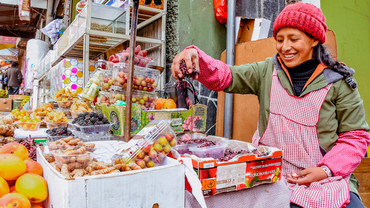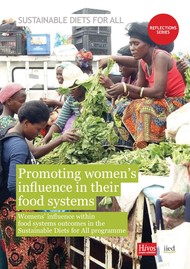Agriculture, food systems, diets and nutrition in Zambia
Zambian agricultural production is focused on one staple cereal: maize. Maize makes up the major part of the national diet, while nutrient-rich foods such as legumes, animal-source foods, fruit and vegetables are eaten in small quantities, particularly amongst the poorest families.
Many Zambians live with food insecurity and malnutrition as a result of poor diets: seasonal hunger affects countless families; a significant proportion of children suffer from stunted growth; and overweight and attendant diseases are increasing in adults.
National nutrition and agricultural policy in Zambia recognises the need to increase and diversify the production of nutritious foods to tackle hunger and improve diets. However, in practice, most government agricultural funding is still spent promoting maize production, despite repeated findings that this does not reduce food insecurity in the most vulnerable farming households.
This policy brief describes how diversification of agriculture and food systems in Zambia can contribute to improving Zambian food and nutrition security, while also building more resilient food systems. It clearly outlines policy recommendations on how the food and agriculture sector can better serve the country’s population through the development of sustainable diets for all.
Cite this publication
Available at https://www.iied.org/g04163







